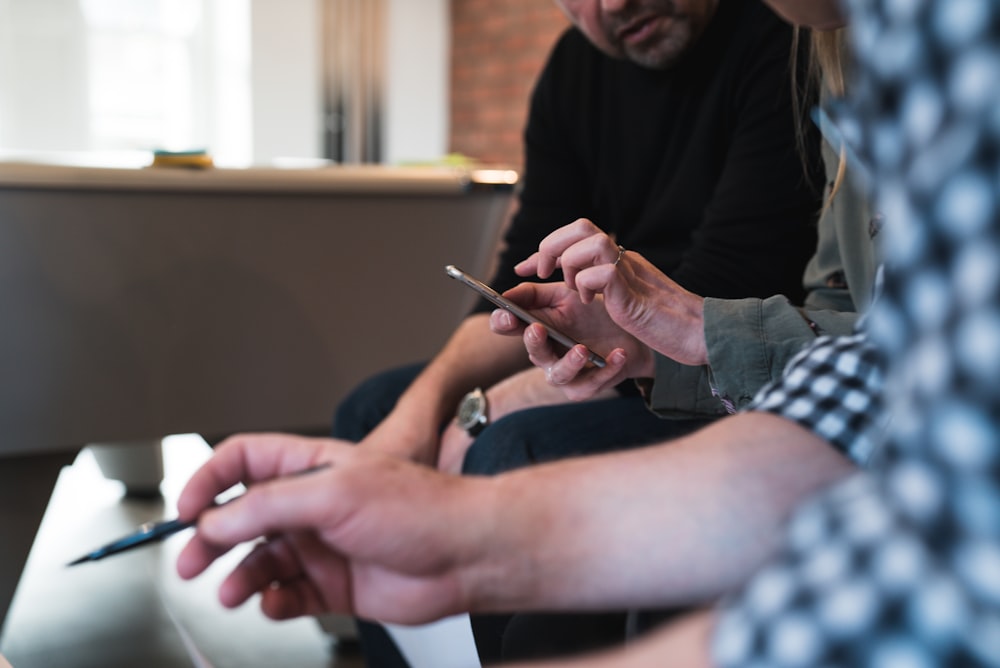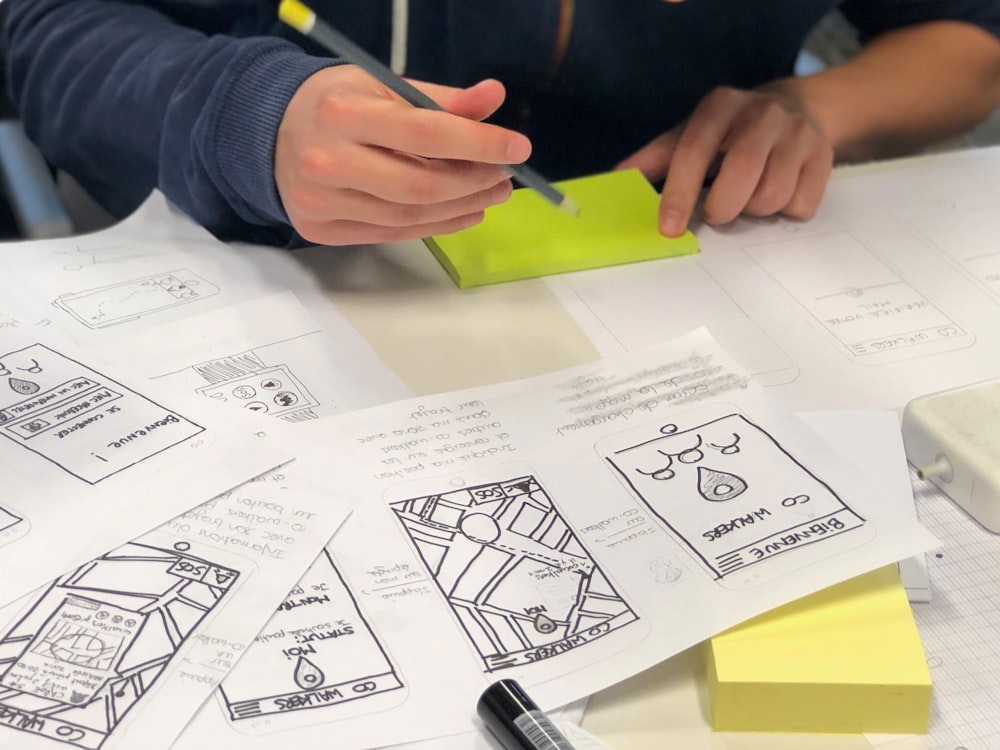The value that Design Thinking provides as a design methodology
The value that Design Thinking provides as a design methodology
Nowadays, companies and entrepreneurs want to develop the next big project that will generate a positive impact in society, but often we start to look for solutions to a problem that we still don't understand that consequently, increases failure risk. That is why there exist many methodologies, each one with an added value and specific focus, that help us to increase the possibility that the design projects achieve a real impact, one of these is Design Thinking.
Design Thinking was born in the 80's thanks to David Kelly, a famous engineer, and designer known for being the creator of the first Apple mouse. This methodology born from design and design, however, is used in business environments. Design Thinking consists of 5 stages:
Empathize
One of the most important aspects of a project, especially in design, is knowing how to identify the problem that we want to solve, understand who is involved in this, their needs, and the environment when the events happen. Despite this, many times we talk about human-centered design, which sounds good on a conceptual level, but later we don't put into practice. Everybody knows that a project that doesn't have to account to its users, it probably ends being irrelevant and a waste of resources. Design Thinking allows this valued process, where the first step is based on putting special attention to the context which one is working on.

Define
When identifying and analyzing the context of a problem, it is necessary to decide why this is important, what is the impact that generates, and what are the key elements that are part of this. This allows establishing the appropriate path to address the problem. One of these elements is a POV (Point of view) which poses the problems in an actionable way.

Ideation
In this stage it is important to carry out a divergence process, generating a big number of ideas, leaving aside the judgment and bias. In this way, we can do a building process from what was raised, having into account all the necessary elements to reach an integral solution. These ideas must arise from concepts because they allow us to know that everything is aligned. Exist many ideation techniques that we show you in future articles.

Prototype
Previously, many projects invested endless resources to show the perfect product until, once on the market, companies realize the mistakes that they made and many times generate irreparable consequences. The prototype stage allows us to design an initial solution using fewer resources and iterating constantly.
Testing
This iteration process designers need to do testing constantly with the target, stakeholders, etc...for finding aspects to improve and take a few steps back to design a product that reaches to solve the initial problem.

When we talk about Design Thinking it is so important that the user is present during a large part of the process, this involvement generates results with big value and impact. Also, key elements such as creativity, logical thinking, and experimentation are necessary. Big companies such as Apple, BBVA, Ikea, Airbnb, and Uber can attest to this.
Check out this article about UX Deliverables next! https://asperbrothers.com/blog/ux-deliverables/


Comentarios
Publicar un comentario